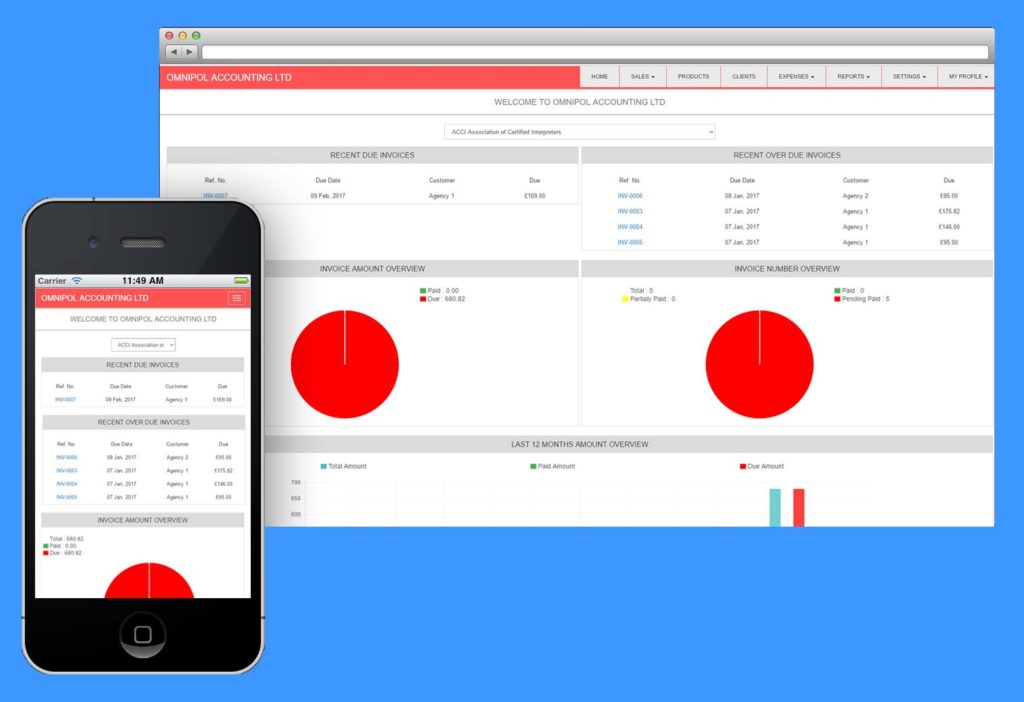

Set aside time for administrative tasks, networking, and meetings within your routine when it makes the most sense. For example, if you’re more creative in the morning, schedule your primary development/output production between 8-noon and your administrative tasks in the afternoon,” Talbot said.Īnother way to think about it is to analyze when you’re most likely to accomplish the most deep work and plan your schedule around this timeframe. “Know your creative window and arrange your time around that. Identify your ideal structure and build your work schedule around it from there.įreelance writer Nichole Talbot suggests building your workdays around your creativity. Perhaps a late start at 10:00 am feels more natural and productive for others. For some, that might look like a four-day workweek with typical workday hours. But try to set a regular schedule and stick to it as much as possible. As a freelancer, you don’t have to work a traditional Monday-Friday 9-to-5 workweek if you don’t want to. Take advantage of the flexibility and design a work schedule you love. One of the perks of freelancing is that it comes with the freedom and flexibility to set your work hours and build your schedule the way you want. Set a schedule that works for you (and your life).

In this post, we’re sharing seven tips (and some tool recommendations) for how to effectively manage your time as a freelancer (backed by freelancers themselves). And with 56% of non-freelancers considering freelancing in the future, it’s essential to equip novice and experienced freelancers alike with the skills they need - like time management - to help them succeed.įreelancing is about freedom and flexibility, but it can be hard to maintain and achieve both without solid time management skills. The freelancer workforce is growing rapidly and is a crucial part of the workforce. Upwork revealed that freelancers contributed $1.3 trillion to the U.S.


 0 kommentar(er)
0 kommentar(er)
